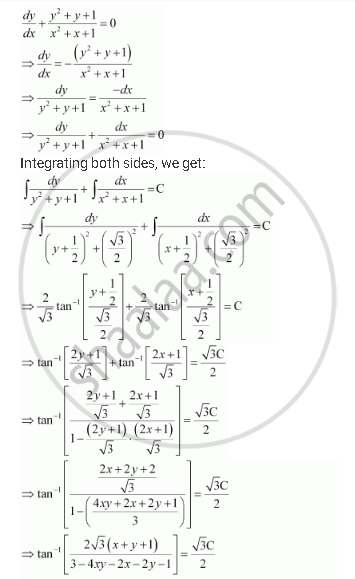
Show That The General Solution Of The Differential Equation Dy Dx Y 2 Y 1 X 2 X 1 0 Is Given By X Y 1 A 1 X Y 2xy Where A Is Parameter Mathematics Shaalaa Com
WebWrite the formula for x 2 y 2 From x y 2 = x 2 y 2 2 x y x y 2 = x 2 y 2 2 x y ⇒ x 2 y 2 = x y 22 x y Also, From (xy) 2 = x 2 y 22 x y xy 2 = x 2 y 22 x y ⇒ x 2 y 2WebDistance Formula Given two points, P A = (x 1;y 1) and P B = (x 2;y 2), the distance between the two can be found by d(P A;P B) = p (x 2 x 1)2 (y 2 y 1)2 Number Classi cations
Plot x2+(y-^x)2=1 formula
Plot x2+(y-^x)2=1 formula-Web(x y)^2 = (x y) (x y) and by FOIL (or distributive axiom) we get x^2 xy xy y^2 or x^2 2xy y^2 Instead of doing all that multiplication all one needs to remember whenWeb Computer will oddtonomically create a formula Sound and video is based on this Every 10 seconds some new operands are added Help me out, what is the formula?
If X Y 1 And X2 Y2 2 What Is The Value Of X Quora
WebHere are ways to give a linear regression of y on x through the origin (that is, without an intercept term) In the specific case you mention ( y ~ 1 ), y is being predicted by no otherWebLearn how to find the distance between two points by using the distance formula, which is an application of the Pythagorean theorem We can rewrite the Pythagorean theorem as d=√ (WebLet n =k Then , x^k y^k = (xy)(x^(k1) x^(k2) y y^k1) Let n= (k1) Then by Induction Hypothesis, (xy){x(x^(k1) x^(k2) y) y^k } =» (xy)(x^k x^(k1) y y^k Hence the
WebX, Y, A, B are the most commonly used letters that represent algebraic problems and equations Important Formulas in Algebra Here is a list of Algebraic formulas – a 2 – b 2 = (aWebNombre Formula Teorema de Pitágoras r 2 = x 2 y 2 Funciones trigonométricas de un Angulo agudo 2 Descomposición de un vector en el plano Magnitud de un vectorWeb How can we expand (xy)^ (1/2)?
Plot x2+(y-^x)2=1 formulaのギャラリー
各画像をクリックすると、ダウンロードまたは拡大表示できます
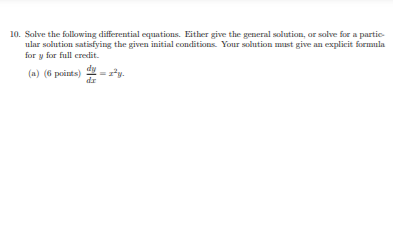 Let R Be The Region In The Xy Plane That Is Bounded By The Parallelogram With Vertices 0 0 1 1 2 1 1 0 Use The Linear Transformation X U |  Let R Be The Region In The Xy Plane That Is Bounded By The Parallelogram With Vertices 0 0 1 1 2 1 1 0 Use The Linear Transformation X U |  Let R Be The Region In The Xy Plane That Is Bounded By The Parallelogram With Vertices 0 0 1 1 2 1 1 0 Use The Linear Transformation X U |
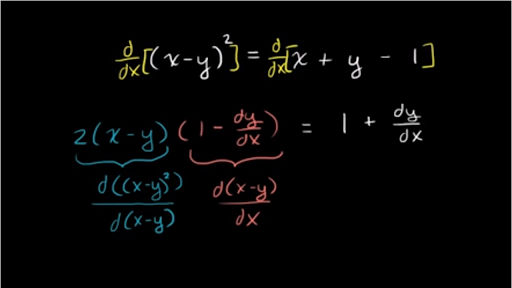 Let R Be The Region In The Xy Plane That Is Bounded By The Parallelogram With Vertices 0 0 1 1 2 1 1 0 Use The Linear Transformation X U |  Let R Be The Region In The Xy Plane That Is Bounded By The Parallelogram With Vertices 0 0 1 1 2 1 1 0 Use The Linear Transformation X U | 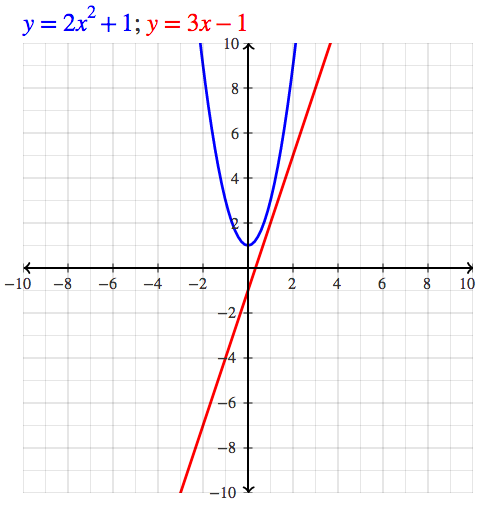 Let R Be The Region In The Xy Plane That Is Bounded By The Parallelogram With Vertices 0 0 1 1 2 1 1 0 Use The Linear Transformation X U |
 Let R Be The Region In The Xy Plane That Is Bounded By The Parallelogram With Vertices 0 0 1 1 2 1 1 0 Use The Linear Transformation X U |  Let R Be The Region In The Xy Plane That Is Bounded By The Parallelogram With Vertices 0 0 1 1 2 1 1 0 Use The Linear Transformation X U | Let R Be The Region In The Xy Plane That Is Bounded By The Parallelogram With Vertices 0 0 1 1 2 1 1 0 Use The Linear Transformation X U |
「Plot x2+(y-^x)2=1 formula」の画像ギャラリー、詳細は各画像をクリックしてください。
Let R Be The Region In The Xy Plane That Is Bounded By The Parallelogram With Vertices 0 0 1 1 2 1 1 0 Use The Linear Transformation X U | Let R Be The Region In The Xy Plane That Is Bounded By The Parallelogram With Vertices 0 0 1 1 2 1 1 0 Use The Linear Transformation X U | Let R Be The Region In The Xy Plane That Is Bounded By The Parallelogram With Vertices 0 0 1 1 2 1 1 0 Use The Linear Transformation X U |
 Let R Be The Region In The Xy Plane That Is Bounded By The Parallelogram With Vertices 0 0 1 1 2 1 1 0 Use The Linear Transformation X U |  Let R Be The Region In The Xy Plane That Is Bounded By The Parallelogram With Vertices 0 0 1 1 2 1 1 0 Use The Linear Transformation X U |  Let R Be The Region In The Xy Plane That Is Bounded By The Parallelogram With Vertices 0 0 1 1 2 1 1 0 Use The Linear Transformation X U |
 Let R Be The Region In The Xy Plane That Is Bounded By The Parallelogram With Vertices 0 0 1 1 2 1 1 0 Use The Linear Transformation X U | Let R Be The Region In The Xy Plane That Is Bounded By The Parallelogram With Vertices 0 0 1 1 2 1 1 0 Use The Linear Transformation X U | Let R Be The Region In The Xy Plane That Is Bounded By The Parallelogram With Vertices 0 0 1 1 2 1 1 0 Use The Linear Transformation X U |
「Plot x2+(y-^x)2=1 formula」の画像ギャラリー、詳細は各画像をクリックしてください。
Let R Be The Region In The Xy Plane That Is Bounded By The Parallelogram With Vertices 0 0 1 1 2 1 1 0 Use The Linear Transformation X U | 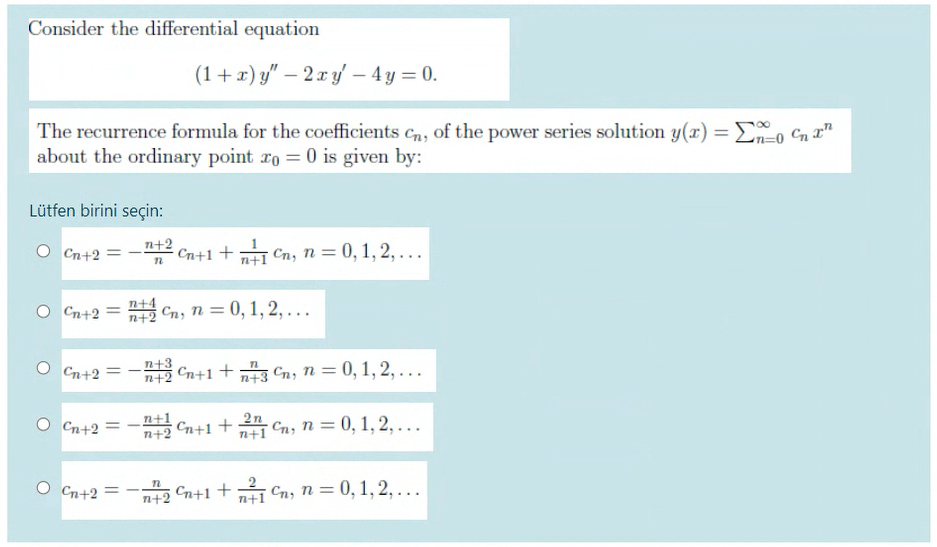 Let R Be The Region In The Xy Plane That Is Bounded By The Parallelogram With Vertices 0 0 1 1 2 1 1 0 Use The Linear Transformation X U | Let R Be The Region In The Xy Plane That Is Bounded By The Parallelogram With Vertices 0 0 1 1 2 1 1 0 Use The Linear Transformation X U |
 Let R Be The Region In The Xy Plane That Is Bounded By The Parallelogram With Vertices 0 0 1 1 2 1 1 0 Use The Linear Transformation X U | 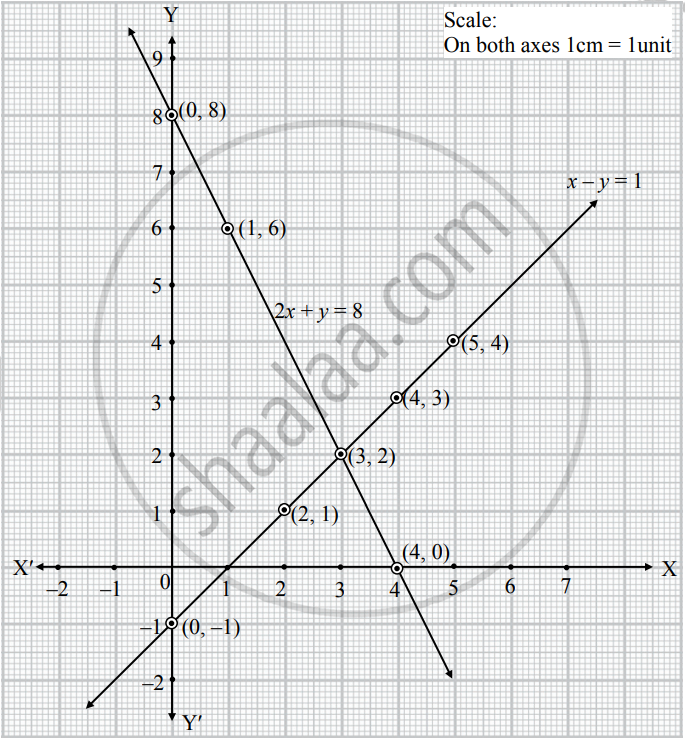 Let R Be The Region In The Xy Plane That Is Bounded By The Parallelogram With Vertices 0 0 1 1 2 1 1 0 Use The Linear Transformation X U |  Let R Be The Region In The Xy Plane That Is Bounded By The Parallelogram With Vertices 0 0 1 1 2 1 1 0 Use The Linear Transformation X U |
 Let R Be The Region In The Xy Plane That Is Bounded By The Parallelogram With Vertices 0 0 1 1 2 1 1 0 Use The Linear Transformation X U |  Let R Be The Region In The Xy Plane That Is Bounded By The Parallelogram With Vertices 0 0 1 1 2 1 1 0 Use The Linear Transformation X U |  Let R Be The Region In The Xy Plane That Is Bounded By The Parallelogram With Vertices 0 0 1 1 2 1 1 0 Use The Linear Transformation X U |
「Plot x2+(y-^x)2=1 formula」の画像ギャラリー、詳細は各画像をクリックしてください。
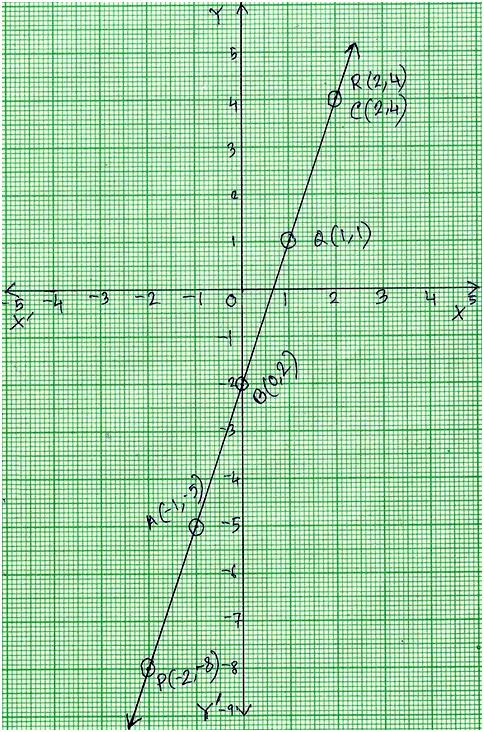 Let R Be The Region In The Xy Plane That Is Bounded By The Parallelogram With Vertices 0 0 1 1 2 1 1 0 Use The Linear Transformation X U | Let R Be The Region In The Xy Plane That Is Bounded By The Parallelogram With Vertices 0 0 1 1 2 1 1 0 Use The Linear Transformation X U |  Let R Be The Region In The Xy Plane That Is Bounded By The Parallelogram With Vertices 0 0 1 1 2 1 1 0 Use The Linear Transformation X U |
 Let R Be The Region In The Xy Plane That Is Bounded By The Parallelogram With Vertices 0 0 1 1 2 1 1 0 Use The Linear Transformation X U |  Let R Be The Region In The Xy Plane That Is Bounded By The Parallelogram With Vertices 0 0 1 1 2 1 1 0 Use The Linear Transformation X U | 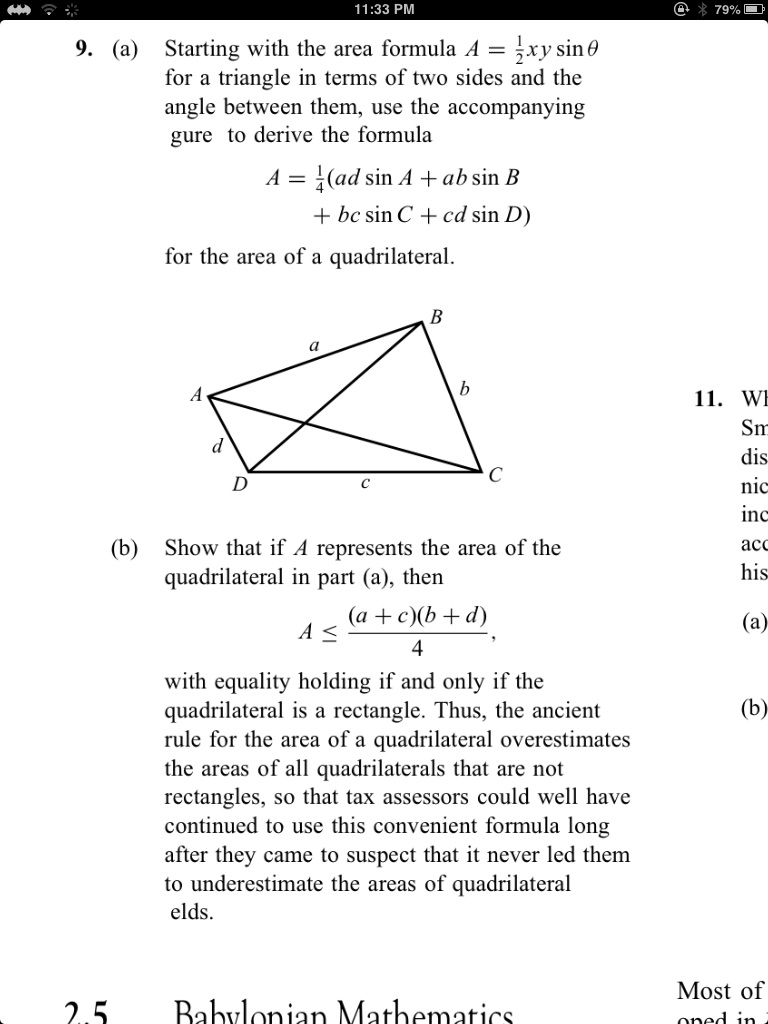 Let R Be The Region In The Xy Plane That Is Bounded By The Parallelogram With Vertices 0 0 1 1 2 1 1 0 Use The Linear Transformation X U |
 Let R Be The Region In The Xy Plane That Is Bounded By The Parallelogram With Vertices 0 0 1 1 2 1 1 0 Use The Linear Transformation X U | 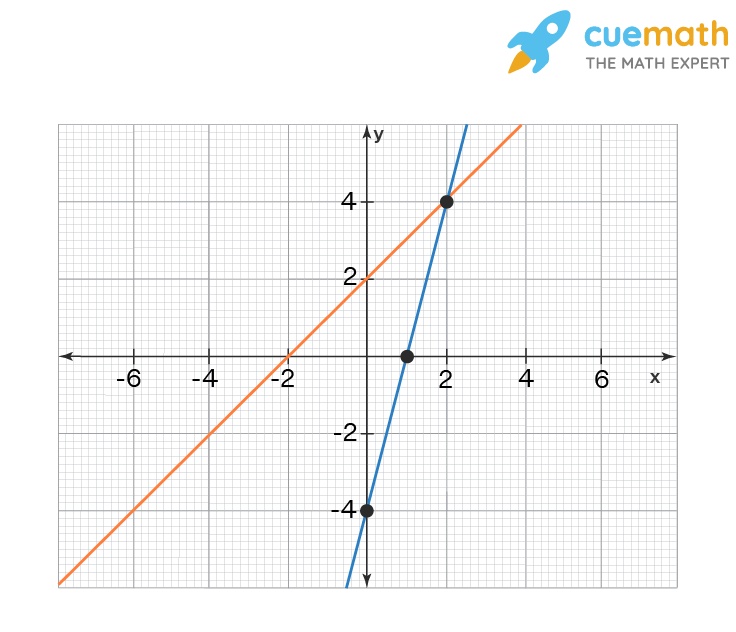 Let R Be The Region In The Xy Plane That Is Bounded By The Parallelogram With Vertices 0 0 1 1 2 1 1 0 Use The Linear Transformation X U |  Let R Be The Region In The Xy Plane That Is Bounded By The Parallelogram With Vertices 0 0 1 1 2 1 1 0 Use The Linear Transformation X U |
「Plot x2+(y-^x)2=1 formula」の画像ギャラリー、詳細は各画像をクリックしてください。
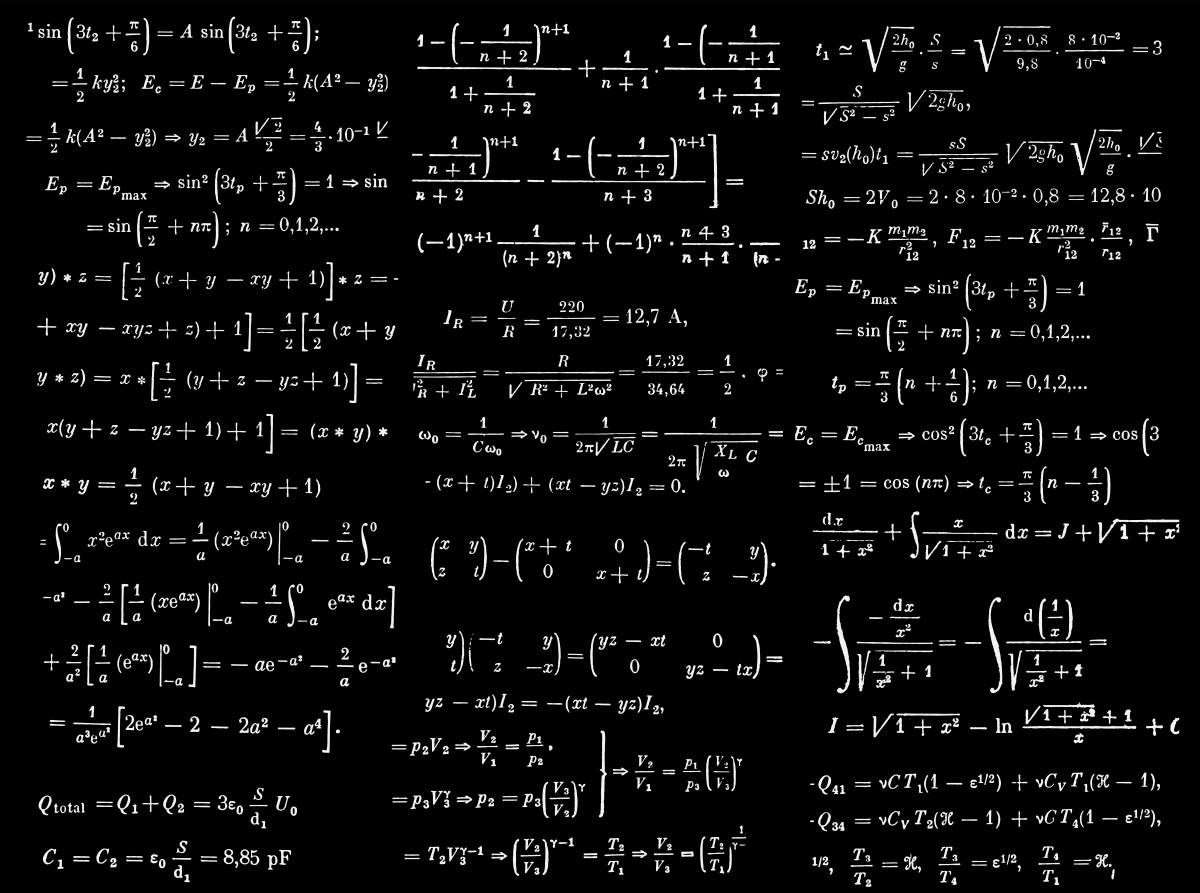 Let R Be The Region In The Xy Plane That Is Bounded By The Parallelogram With Vertices 0 0 1 1 2 1 1 0 Use The Linear Transformation X U |  Let R Be The Region In The Xy Plane That Is Bounded By The Parallelogram With Vertices 0 0 1 1 2 1 1 0 Use The Linear Transformation X U | Let R Be The Region In The Xy Plane That Is Bounded By The Parallelogram With Vertices 0 0 1 1 2 1 1 0 Use The Linear Transformation X U |
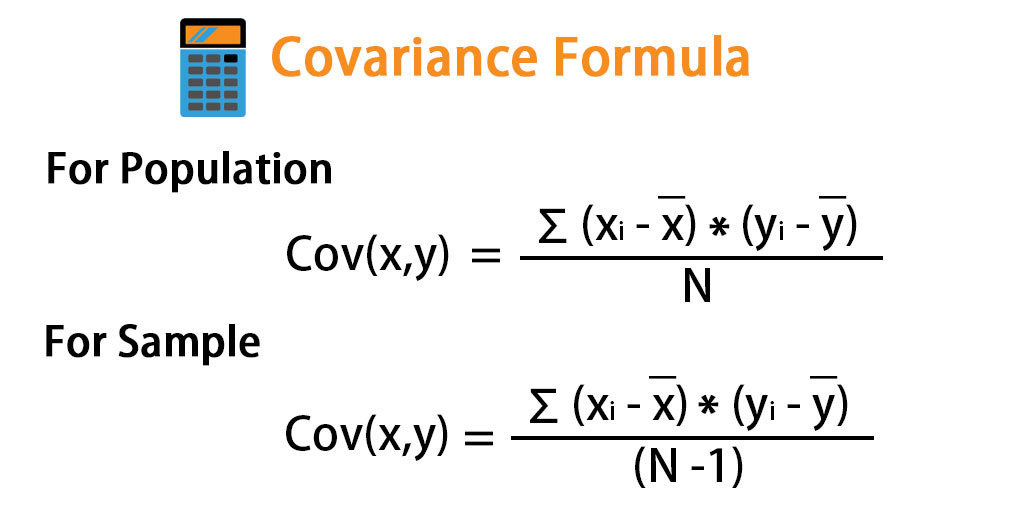 Let R Be The Region In The Xy Plane That Is Bounded By The Parallelogram With Vertices 0 0 1 1 2 1 1 0 Use The Linear Transformation X U |  Let R Be The Region In The Xy Plane That Is Bounded By The Parallelogram With Vertices 0 0 1 1 2 1 1 0 Use The Linear Transformation X U |  Let R Be The Region In The Xy Plane That Is Bounded By The Parallelogram With Vertices 0 0 1 1 2 1 1 0 Use The Linear Transformation X U |
Let R Be The Region In The Xy Plane That Is Bounded By The Parallelogram With Vertices 0 0 1 1 2 1 1 0 Use The Linear Transformation X U | Let R Be The Region In The Xy Plane That Is Bounded By The Parallelogram With Vertices 0 0 1 1 2 1 1 0 Use The Linear Transformation X U | Let R Be The Region In The Xy Plane That Is Bounded By The Parallelogram With Vertices 0 0 1 1 2 1 1 0 Use The Linear Transformation X U |
「Plot x2+(y-^x)2=1 formula」の画像ギャラリー、詳細は各画像をクリックしてください。
 Let R Be The Region In The Xy Plane That Is Bounded By The Parallelogram With Vertices 0 0 1 1 2 1 1 0 Use The Linear Transformation X U |  Let R Be The Region In The Xy Plane That Is Bounded By The Parallelogram With Vertices 0 0 1 1 2 1 1 0 Use The Linear Transformation X U |  Let R Be The Region In The Xy Plane That Is Bounded By The Parallelogram With Vertices 0 0 1 1 2 1 1 0 Use The Linear Transformation X U |
 Let R Be The Region In The Xy Plane That Is Bounded By The Parallelogram With Vertices 0 0 1 1 2 1 1 0 Use The Linear Transformation X U |  Let R Be The Region In The Xy Plane That Is Bounded By The Parallelogram With Vertices 0 0 1 1 2 1 1 0 Use The Linear Transformation X U |  Let R Be The Region In The Xy Plane That Is Bounded By The Parallelogram With Vertices 0 0 1 1 2 1 1 0 Use The Linear Transformation X U |
 Let R Be The Region In The Xy Plane That Is Bounded By The Parallelogram With Vertices 0 0 1 1 2 1 1 0 Use The Linear Transformation X U | 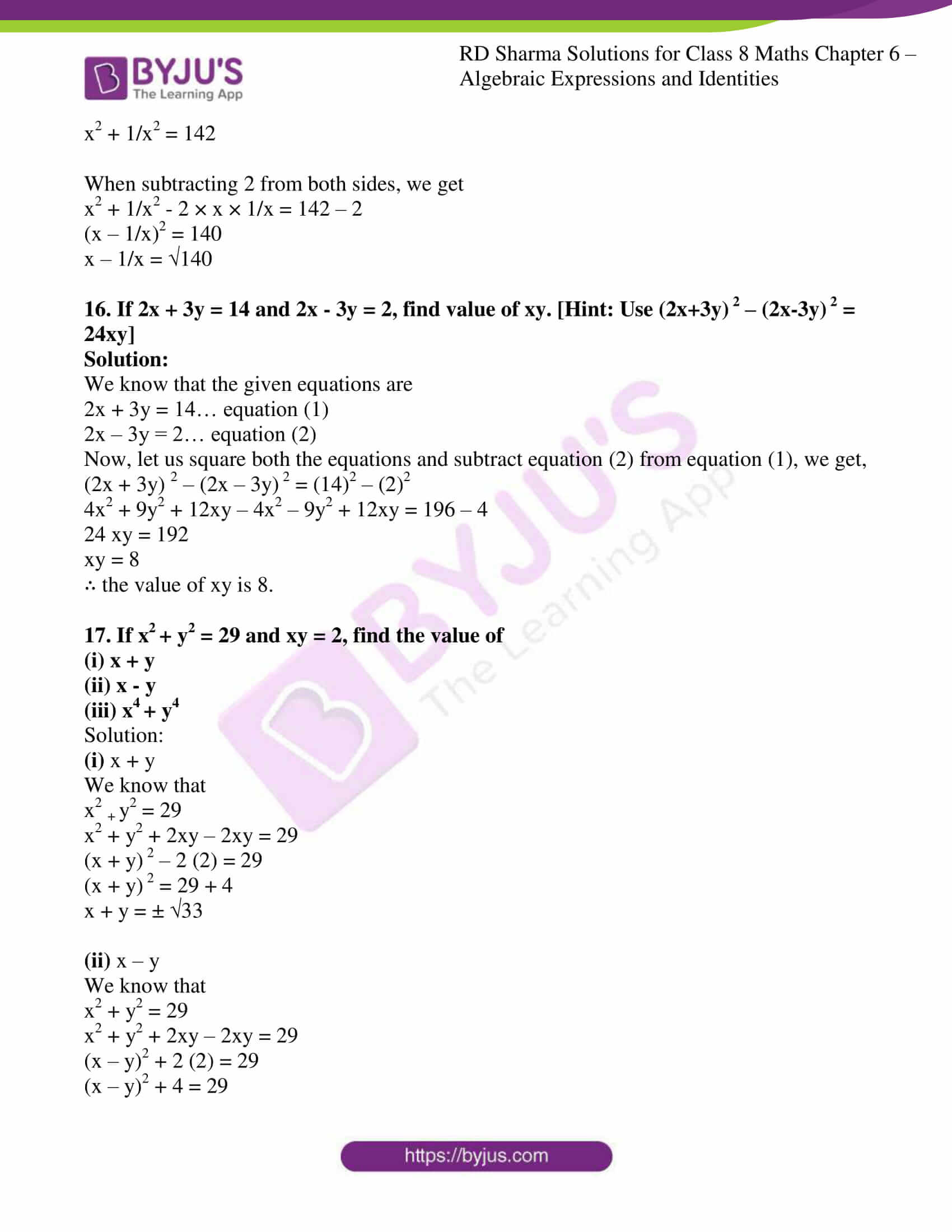 Let R Be The Region In The Xy Plane That Is Bounded By The Parallelogram With Vertices 0 0 1 1 2 1 1 0 Use The Linear Transformation X U |  Let R Be The Region In The Xy Plane That Is Bounded By The Parallelogram With Vertices 0 0 1 1 2 1 1 0 Use The Linear Transformation X U |
「Plot x2+(y-^x)2=1 formula」の画像ギャラリー、詳細は各画像をクリックしてください。
 Let R Be The Region In The Xy Plane That Is Bounded By The Parallelogram With Vertices 0 0 1 1 2 1 1 0 Use The Linear Transformation X U | Let R Be The Region In The Xy Plane That Is Bounded By The Parallelogram With Vertices 0 0 1 1 2 1 1 0 Use The Linear Transformation X U | 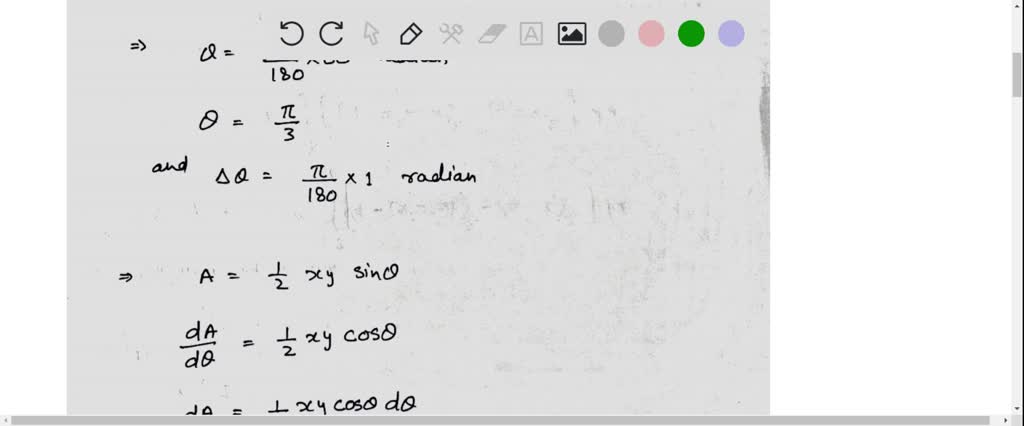 Let R Be The Region In The Xy Plane That Is Bounded By The Parallelogram With Vertices 0 0 1 1 2 1 1 0 Use The Linear Transformation X U |
 Let R Be The Region In The Xy Plane That Is Bounded By The Parallelogram With Vertices 0 0 1 1 2 1 1 0 Use The Linear Transformation X U |  Let R Be The Region In The Xy Plane That Is Bounded By The Parallelogram With Vertices 0 0 1 1 2 1 1 0 Use The Linear Transformation X U |  Let R Be The Region In The Xy Plane That Is Bounded By The Parallelogram With Vertices 0 0 1 1 2 1 1 0 Use The Linear Transformation X U |
 Let R Be The Region In The Xy Plane That Is Bounded By The Parallelogram With Vertices 0 0 1 1 2 1 1 0 Use The Linear Transformation X U |  Let R Be The Region In The Xy Plane That Is Bounded By The Parallelogram With Vertices 0 0 1 1 2 1 1 0 Use The Linear Transformation X U | 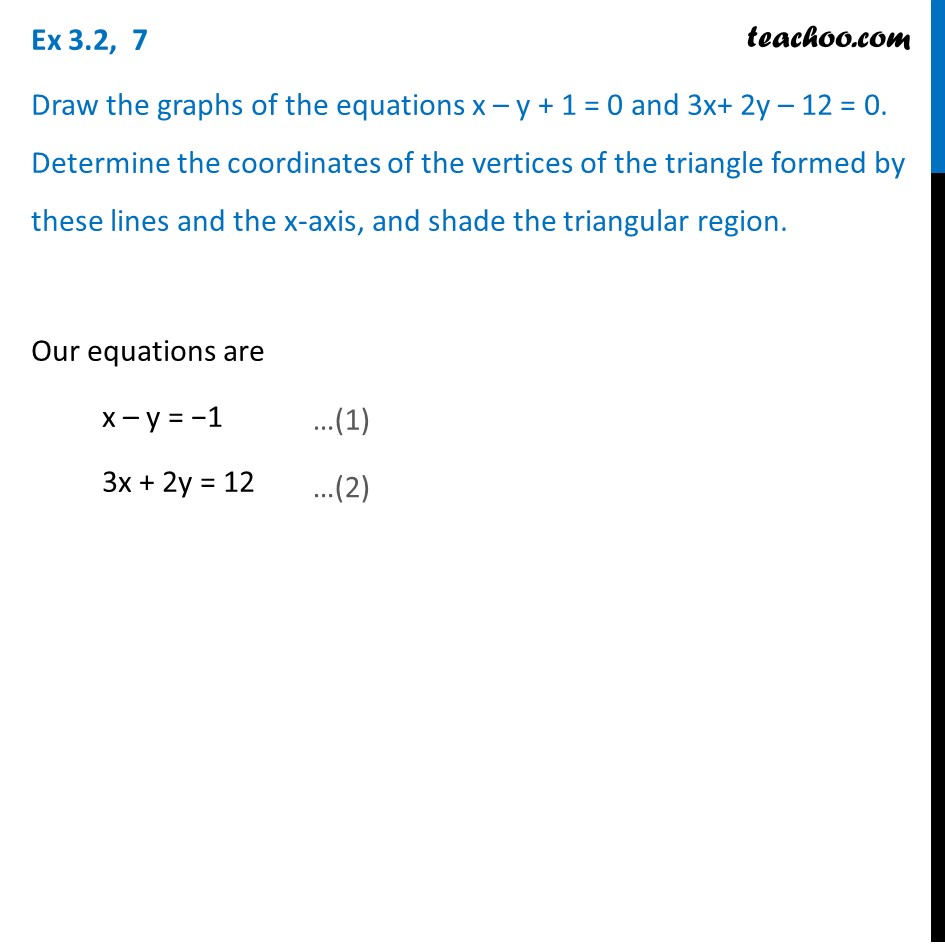 Let R Be The Region In The Xy Plane That Is Bounded By The Parallelogram With Vertices 0 0 1 1 2 1 1 0 Use The Linear Transformation X U |
「Plot x2+(y-^x)2=1 formula」の画像ギャラリー、詳細は各画像をクリックしてください。
 Let R Be The Region In The Xy Plane That Is Bounded By The Parallelogram With Vertices 0 0 1 1 2 1 1 0 Use The Linear Transformation X U | Let R Be The Region In The Xy Plane That Is Bounded By The Parallelogram With Vertices 0 0 1 1 2 1 1 0 Use The Linear Transformation X U |  Let R Be The Region In The Xy Plane That Is Bounded By The Parallelogram With Vertices 0 0 1 1 2 1 1 0 Use The Linear Transformation X U |
 Let R Be The Region In The Xy Plane That Is Bounded By The Parallelogram With Vertices 0 0 1 1 2 1 1 0 Use The Linear Transformation X U | 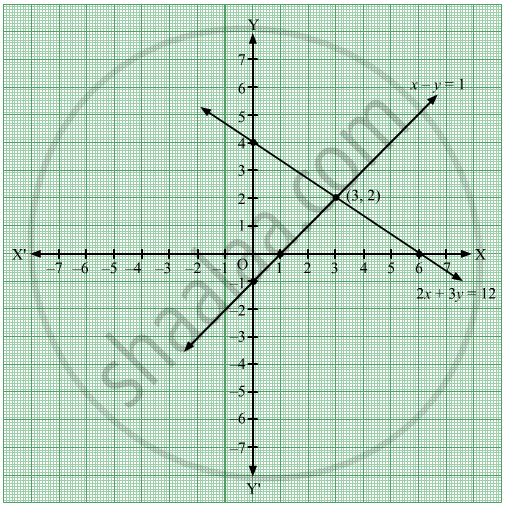 Let R Be The Region In The Xy Plane That Is Bounded By The Parallelogram With Vertices 0 0 1 1 2 1 1 0 Use The Linear Transformation X U | Let R Be The Region In The Xy Plane That Is Bounded By The Parallelogram With Vertices 0 0 1 1 2 1 1 0 Use The Linear Transformation X U |
 Let R Be The Region In The Xy Plane That Is Bounded By The Parallelogram With Vertices 0 0 1 1 2 1 1 0 Use The Linear Transformation X U | 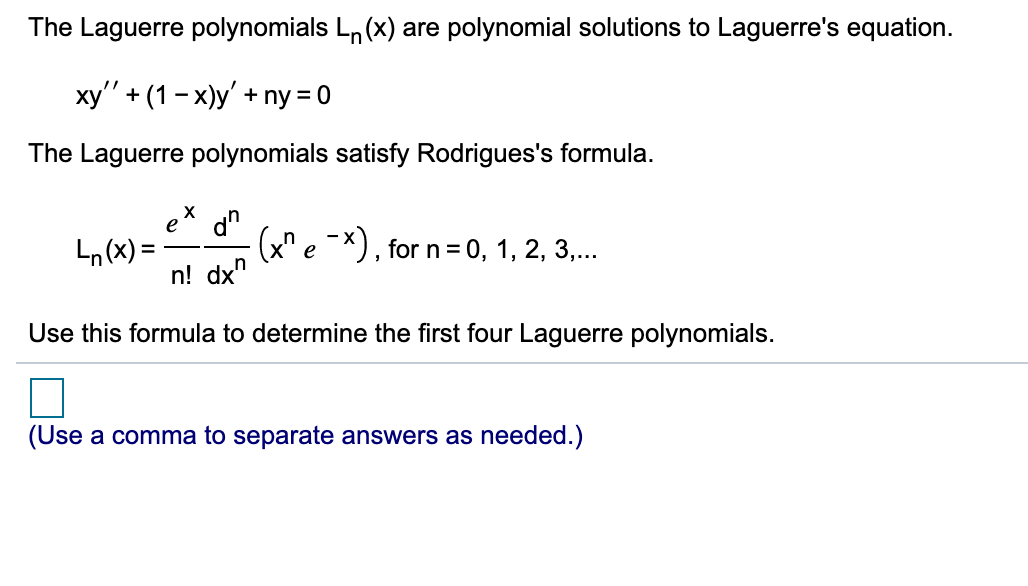 Let R Be The Region In The Xy Plane That Is Bounded By The Parallelogram With Vertices 0 0 1 1 2 1 1 0 Use The Linear Transformation X U |  Let R Be The Region In The Xy Plane That Is Bounded By The Parallelogram With Vertices 0 0 1 1 2 1 1 0 Use The Linear Transformation X U |
「Plot x2+(y-^x)2=1 formula」の画像ギャラリー、詳細は各画像をクリックしてください。
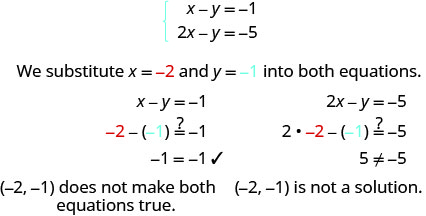 Let R Be The Region In The Xy Plane That Is Bounded By The Parallelogram With Vertices 0 0 1 1 2 1 1 0 Use The Linear Transformation X U | 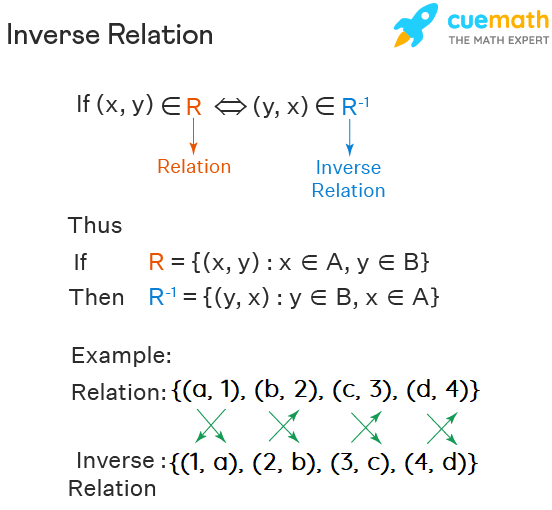 Let R Be The Region In The Xy Plane That Is Bounded By The Parallelogram With Vertices 0 0 1 1 2 1 1 0 Use The Linear Transformation X U |  Let R Be The Region In The Xy Plane That Is Bounded By The Parallelogram With Vertices 0 0 1 1 2 1 1 0 Use The Linear Transformation X U |
Let R Be The Region In The Xy Plane That Is Bounded By The Parallelogram With Vertices 0 0 1 1 2 1 1 0 Use The Linear Transformation X U | 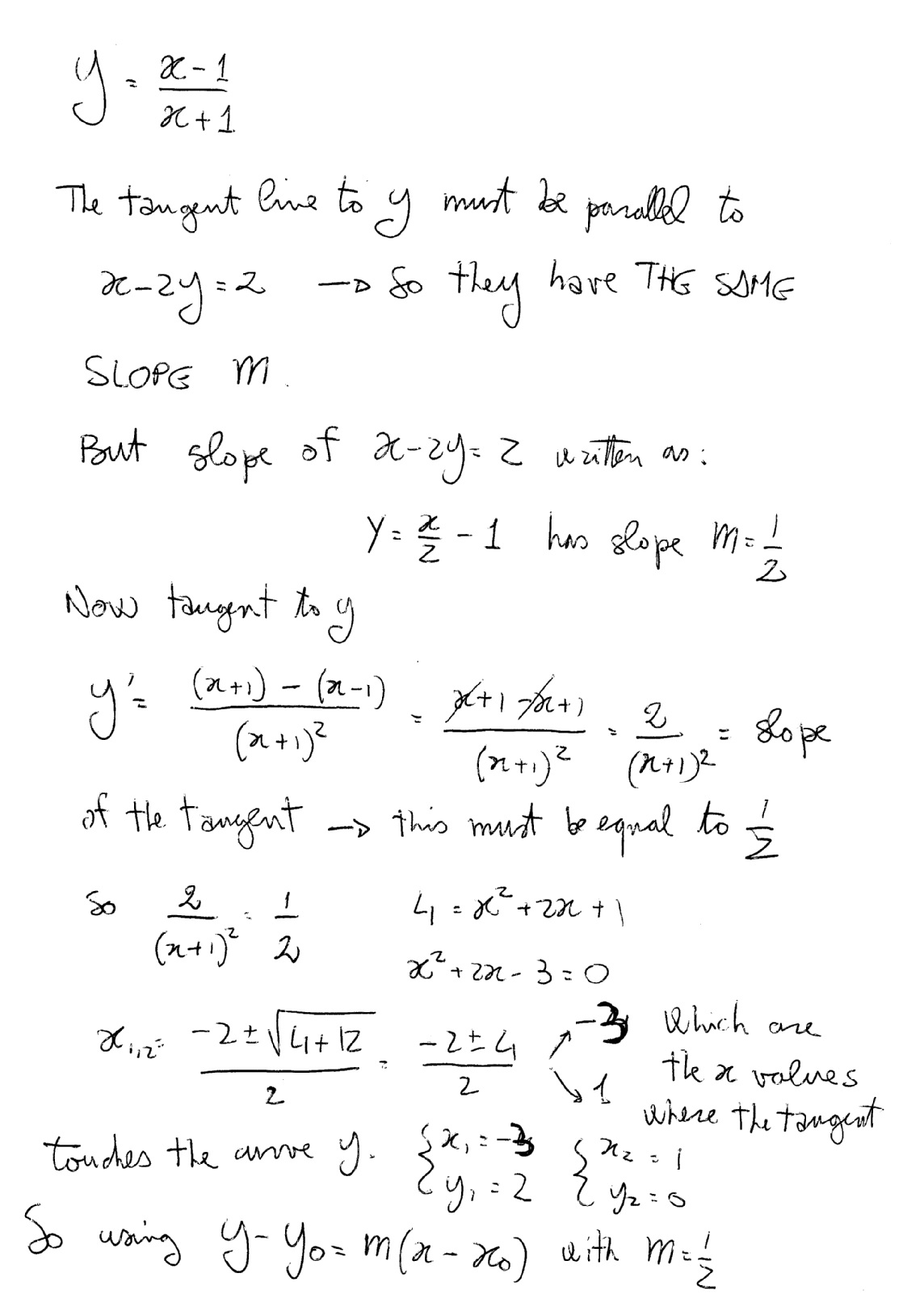 Let R Be The Region In The Xy Plane That Is Bounded By The Parallelogram With Vertices 0 0 1 1 2 1 1 0 Use The Linear Transformation X U | Let R Be The Region In The Xy Plane That Is Bounded By The Parallelogram With Vertices 0 0 1 1 2 1 1 0 Use The Linear Transformation X U |
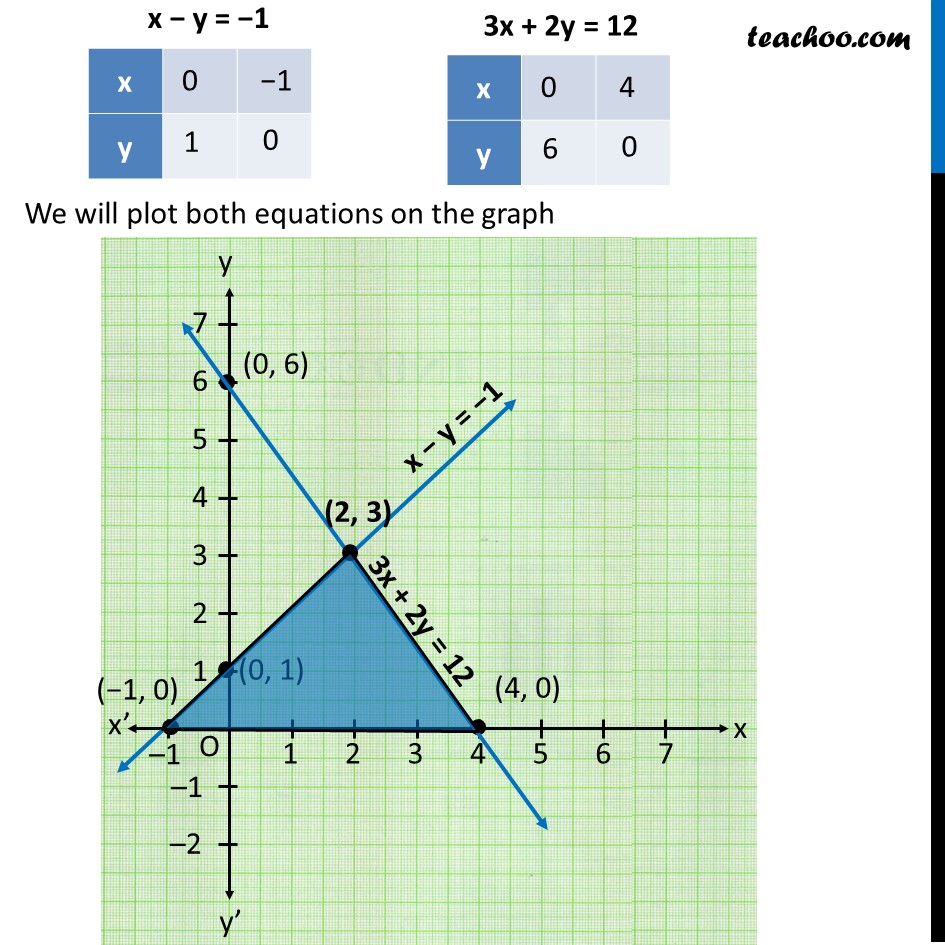 Let R Be The Region In The Xy Plane That Is Bounded By The Parallelogram With Vertices 0 0 1 1 2 1 1 0 Use The Linear Transformation X U | Let R Be The Region In The Xy Plane That Is Bounded By The Parallelogram With Vertices 0 0 1 1 2 1 1 0 Use The Linear Transformation X U | 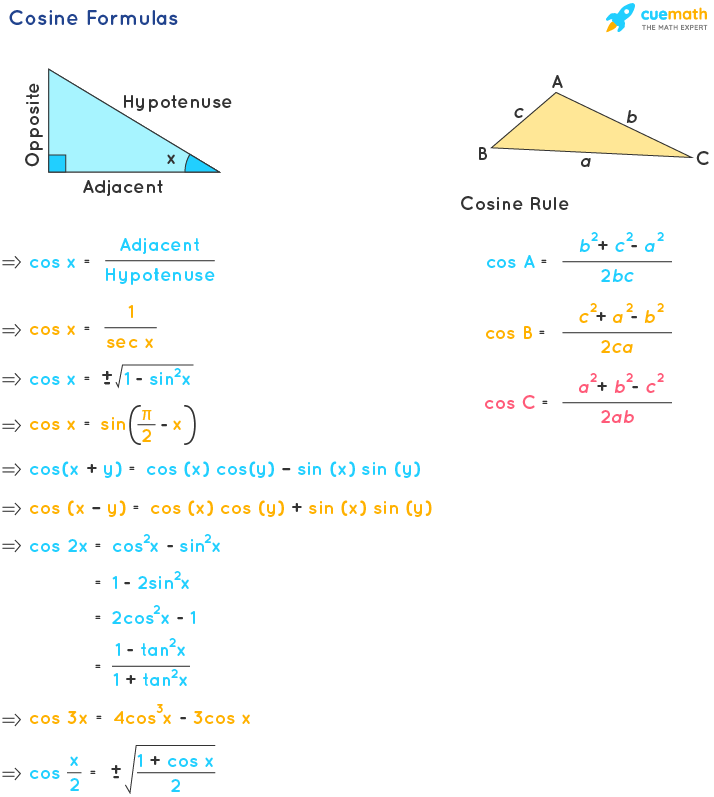 Let R Be The Region In The Xy Plane That Is Bounded By The Parallelogram With Vertices 0 0 1 1 2 1 1 0 Use The Linear Transformation X U |
「Plot x2+(y-^x)2=1 formula」の画像ギャラリー、詳細は各画像をクリックしてください。
 Let R Be The Region In The Xy Plane That Is Bounded By The Parallelogram With Vertices 0 0 1 1 2 1 1 0 Use The Linear Transformation X U | 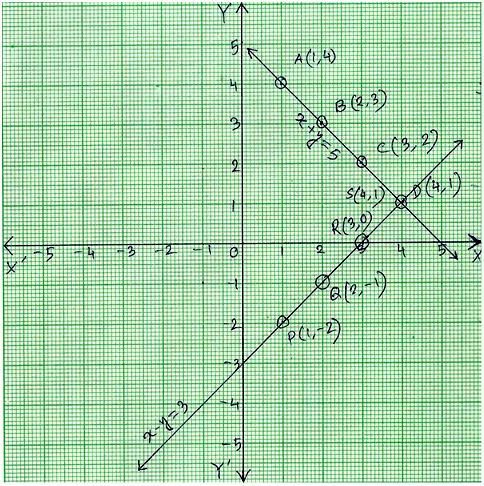 Let R Be The Region In The Xy Plane That Is Bounded By The Parallelogram With Vertices 0 0 1 1 2 1 1 0 Use The Linear Transformation X U | Let R Be The Region In The Xy Plane That Is Bounded By The Parallelogram With Vertices 0 0 1 1 2 1 1 0 Use The Linear Transformation X U |
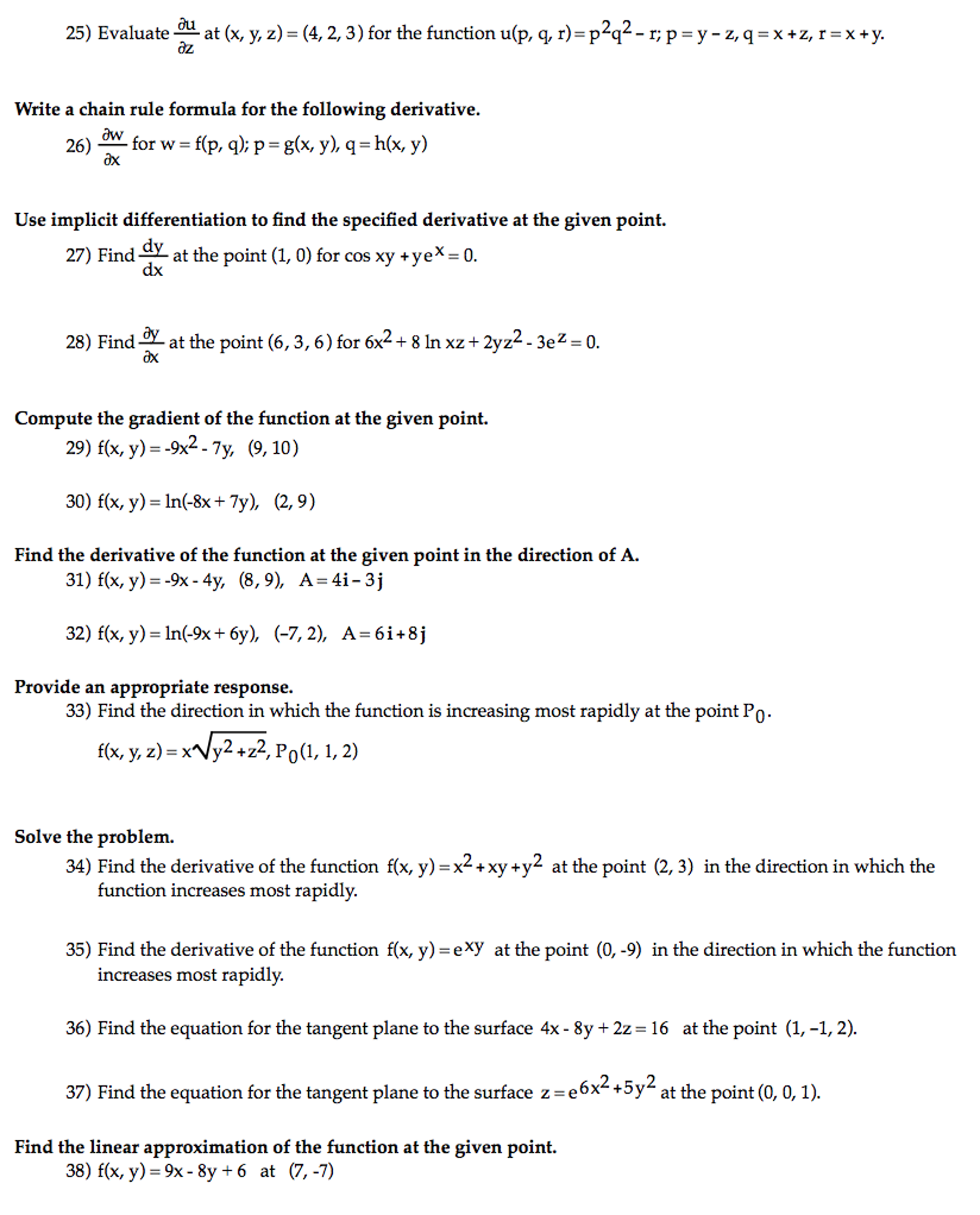 Let R Be The Region In The Xy Plane That Is Bounded By The Parallelogram With Vertices 0 0 1 1 2 1 1 0 Use The Linear Transformation X U |  Let R Be The Region In The Xy Plane That Is Bounded By The Parallelogram With Vertices 0 0 1 1 2 1 1 0 Use The Linear Transformation X U | Let R Be The Region In The Xy Plane That Is Bounded By The Parallelogram With Vertices 0 0 1 1 2 1 1 0 Use The Linear Transformation X U |
 Let R Be The Region In The Xy Plane That Is Bounded By The Parallelogram With Vertices 0 0 1 1 2 1 1 0 Use The Linear Transformation X U |  Let R Be The Region In The Xy Plane That Is Bounded By The Parallelogram With Vertices 0 0 1 1 2 1 1 0 Use The Linear Transformation X U |  Let R Be The Region In The Xy Plane That Is Bounded By The Parallelogram With Vertices 0 0 1 1 2 1 1 0 Use The Linear Transformation X U |
「Plot x2+(y-^x)2=1 formula」の画像ギャラリー、詳細は各画像をクリックしてください。
 Let R Be The Region In The Xy Plane That Is Bounded By The Parallelogram With Vertices 0 0 1 1 2 1 1 0 Use The Linear Transformation X U | 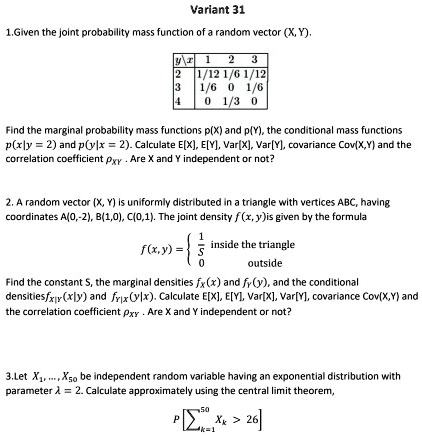 Let R Be The Region In The Xy Plane That Is Bounded By The Parallelogram With Vertices 0 0 1 1 2 1 1 0 Use The Linear Transformation X U | Let R Be The Region In The Xy Plane That Is Bounded By The Parallelogram With Vertices 0 0 1 1 2 1 1 0 Use The Linear Transformation X U |
 Let R Be The Region In The Xy Plane That Is Bounded By The Parallelogram With Vertices 0 0 1 1 2 1 1 0 Use The Linear Transformation X U |  Let R Be The Region In The Xy Plane That Is Bounded By The Parallelogram With Vertices 0 0 1 1 2 1 1 0 Use The Linear Transformation X U |  Let R Be The Region In The Xy Plane That Is Bounded By The Parallelogram With Vertices 0 0 1 1 2 1 1 0 Use The Linear Transformation X U |
Let R Be The Region In The Xy Plane That Is Bounded By The Parallelogram With Vertices 0 0 1 1 2 1 1 0 Use The Linear Transformation X U |  Let R Be The Region In The Xy Plane That Is Bounded By The Parallelogram With Vertices 0 0 1 1 2 1 1 0 Use The Linear Transformation X U |  Let R Be The Region In The Xy Plane That Is Bounded By The Parallelogram With Vertices 0 0 1 1 2 1 1 0 Use The Linear Transformation X U |
「Plot x2+(y-^x)2=1 formula」の画像ギャラリー、詳細は各画像をクリックしてください。
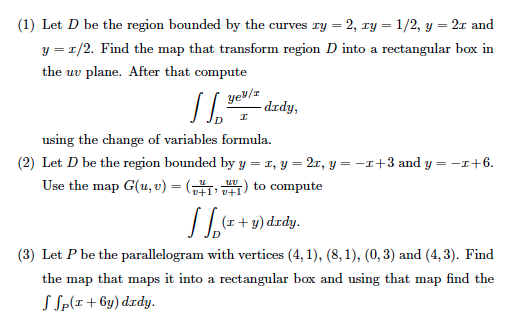 Let R Be The Region In The Xy Plane That Is Bounded By The Parallelogram With Vertices 0 0 1 1 2 1 1 0 Use The Linear Transformation X U | 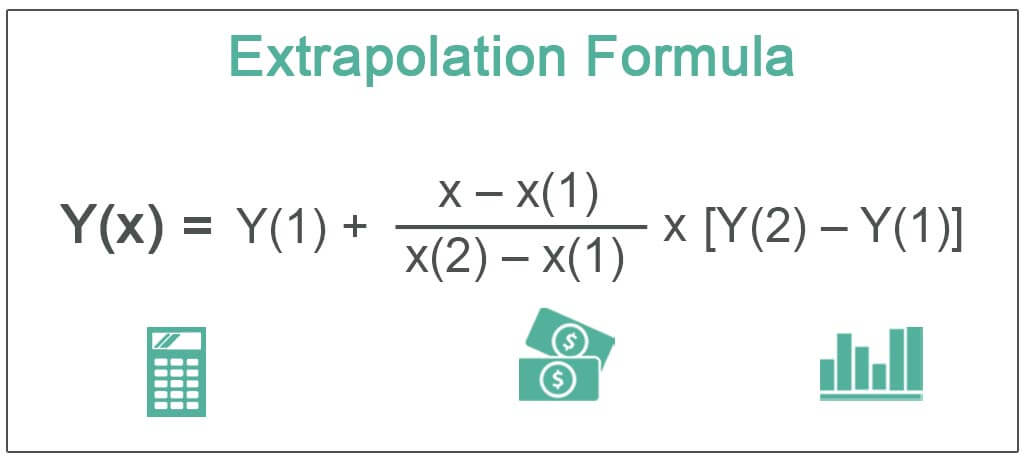 Let R Be The Region In The Xy Plane That Is Bounded By The Parallelogram With Vertices 0 0 1 1 2 1 1 0 Use The Linear Transformation X U | Let R Be The Region In The Xy Plane That Is Bounded By The Parallelogram With Vertices 0 0 1 1 2 1 1 0 Use The Linear Transformation X U |
 Let R Be The Region In The Xy Plane That Is Bounded By The Parallelogram With Vertices 0 0 1 1 2 1 1 0 Use The Linear Transformation X U | 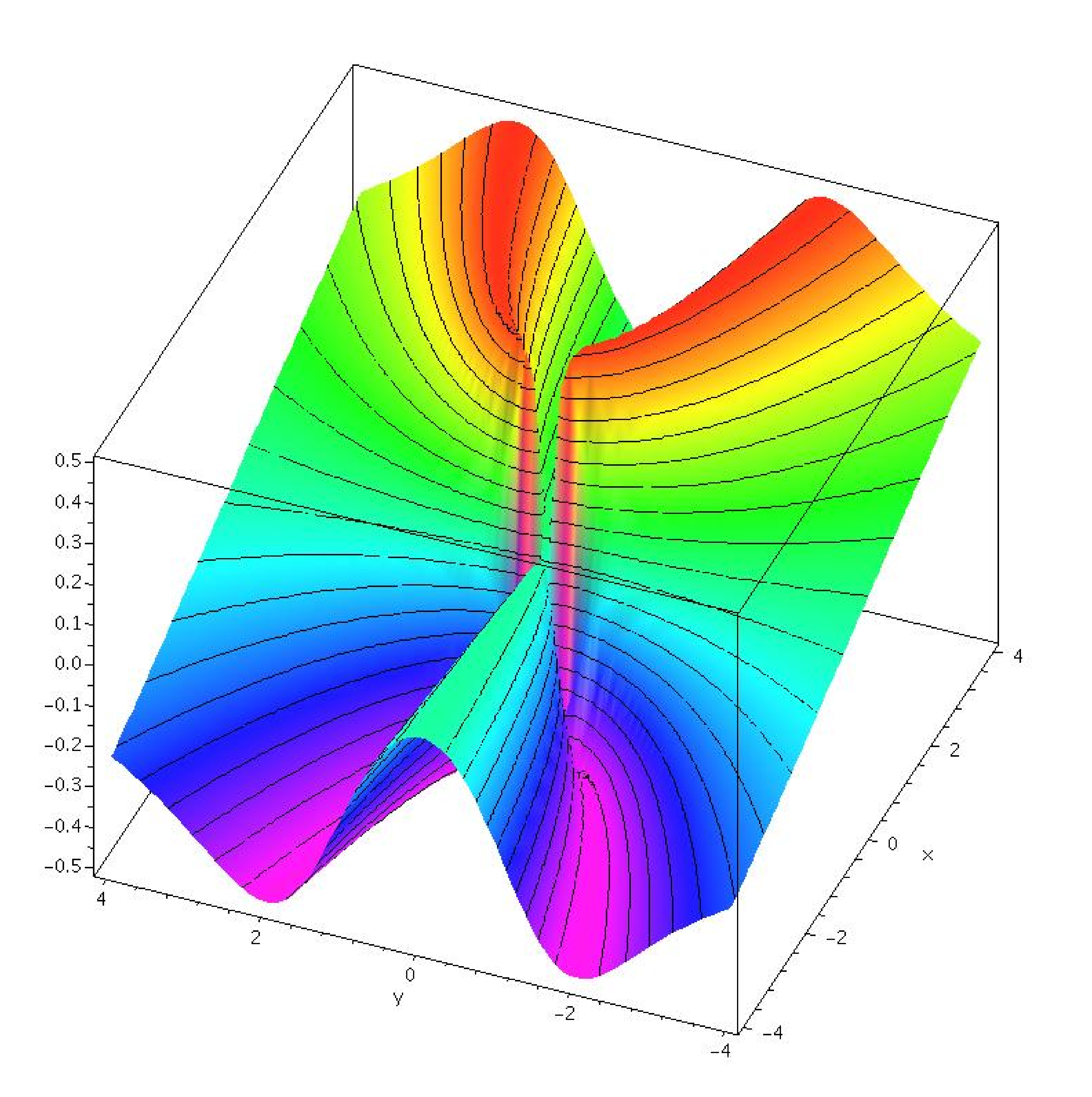 Let R Be The Region In The Xy Plane That Is Bounded By The Parallelogram With Vertices 0 0 1 1 2 1 1 0 Use The Linear Transformation X U |
Dave Perkins 122 subscribers Subscribe 315 Share 40K views 7 years ago An outline of Isaac Newton's original discovery of the generalized binomial theoremWebGraph x= (y1)^2 Mathway PreAlgebra Examples Popular Problems PreAlgebra Graph x= (y1)^2 x = (y 1)2 x = ( y 1) 2 Simplify (y 1)2 ( y 1) 2 Tap for more steps x = y2
Incoming Term: (x+y)^1/2 formula, x+1 y-2 chemical formula, plot x2+(y-^x)2=1 formula, x^2 + y^2 = 1 equation,




0 件のコメント:
コメントを投稿